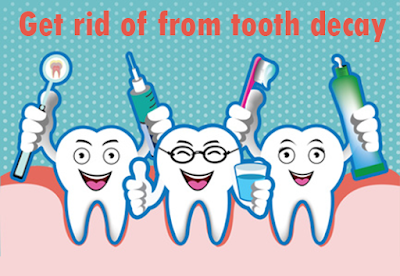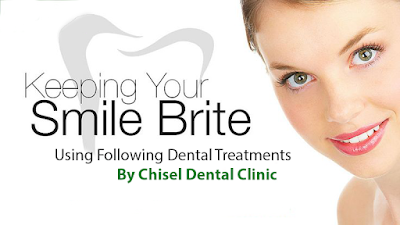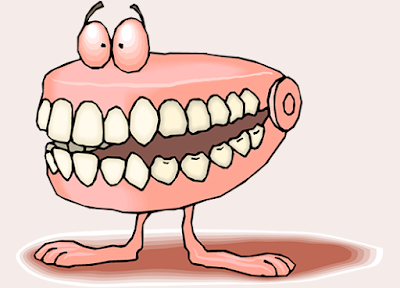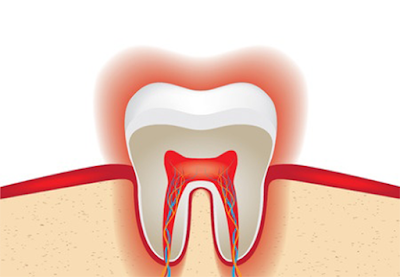Tooth decay refers to cavities that occur when bacteria builds in your mouth and start producing acid that destroys your teeth. Overlooking tooth decay during the initial stages may cause infection, severe pain and the loss of tooth. The decay progression begins with the hidden damage to the enamel of your teeth and then gradually spreads to inner layers of the tooth, ultimately resulting in pulp. The pulp of your teeth comprises of highly sensitive nerves and blood vessels.
The major causes of tooth decay include:
· Poor Oral Hygiene Practices
· Deep Tooth Crevices and Enamel Issues
· Improper Nutrition
· Dry Mouth Issues
· Tooth Grinding
How to prevent tooth decay?
1. Brush your teeth at least twice a day with toothpaste containing fluoride. If possible, brush after having meals and especially before you go off to bed.
2. Clean between your teeth on a daily basis using dental floss or inter-dental cleaners.
3. Use a fluoride-containing mouthwash to rinse your mouth because some mouthwashes contain antiseptic ingredients that kill bacteria that cause plaque.
4. Drink at least one pint of fluoridated water daily as it protects the children from tooth decay.
5. Eat balanced and nutritious meals and limit the fatty snacks. Keep away from carbohydrates like chocolates, pretzels and chips. If you eat sticky foods, don’t forget to brush your teeth soon afterwards.
6. Consult your dentist about dental sealants (an artificial protective coating) applied to the chewing surfaces of your back teeth (molars) to protect them from decay.
Founder of Chisel Dental Clinic, Dr Sumanth Shetty—MDS Pedodontia says, “Avoiding a visit to the dentist is not good for your oral health and will eventually cause future tooth decay.” In fact, you should see the dentist frequently for routine cleaning and oral exam.








